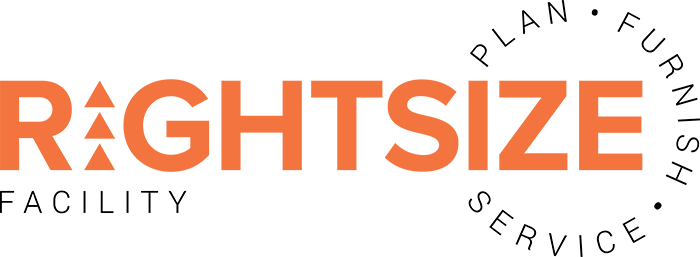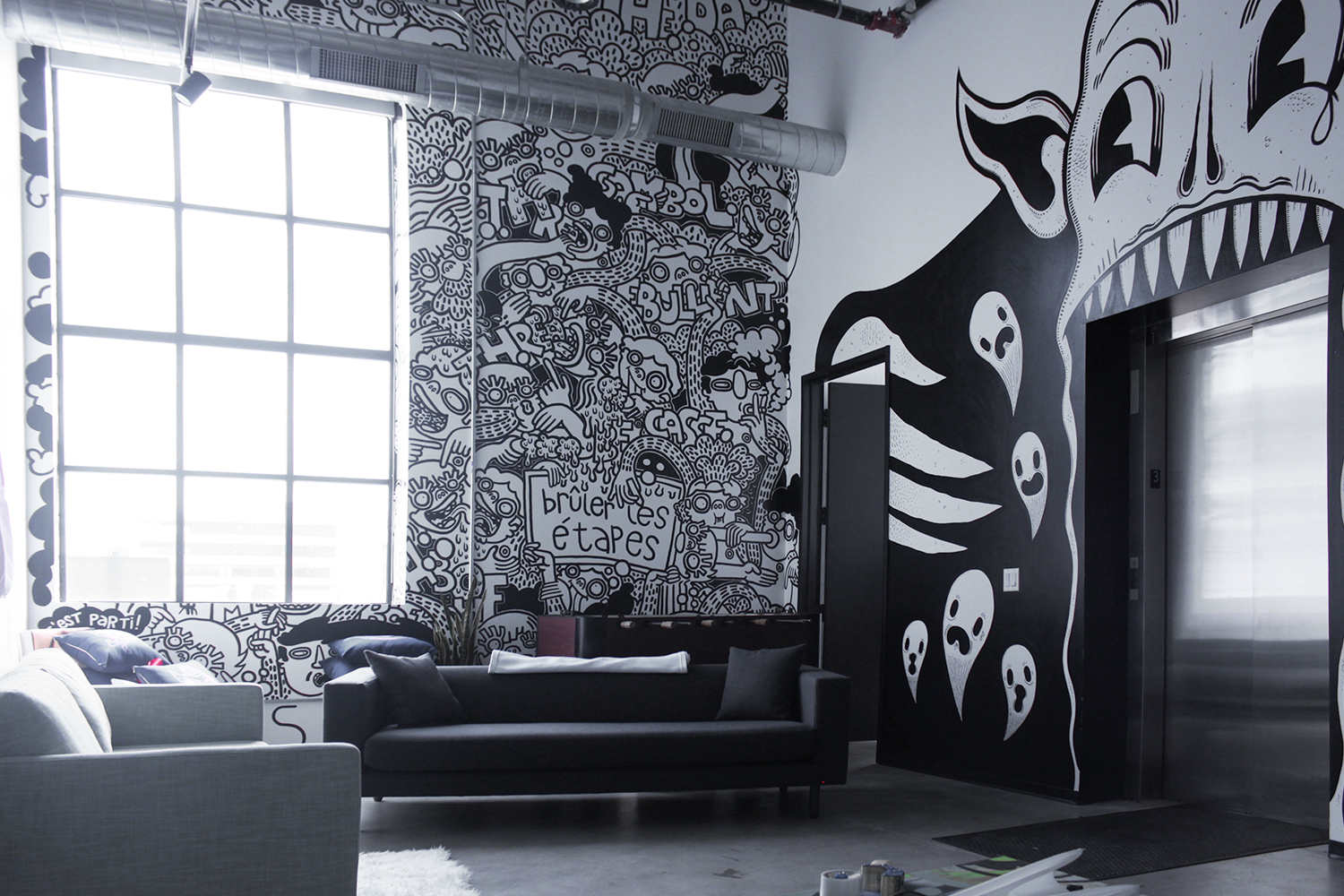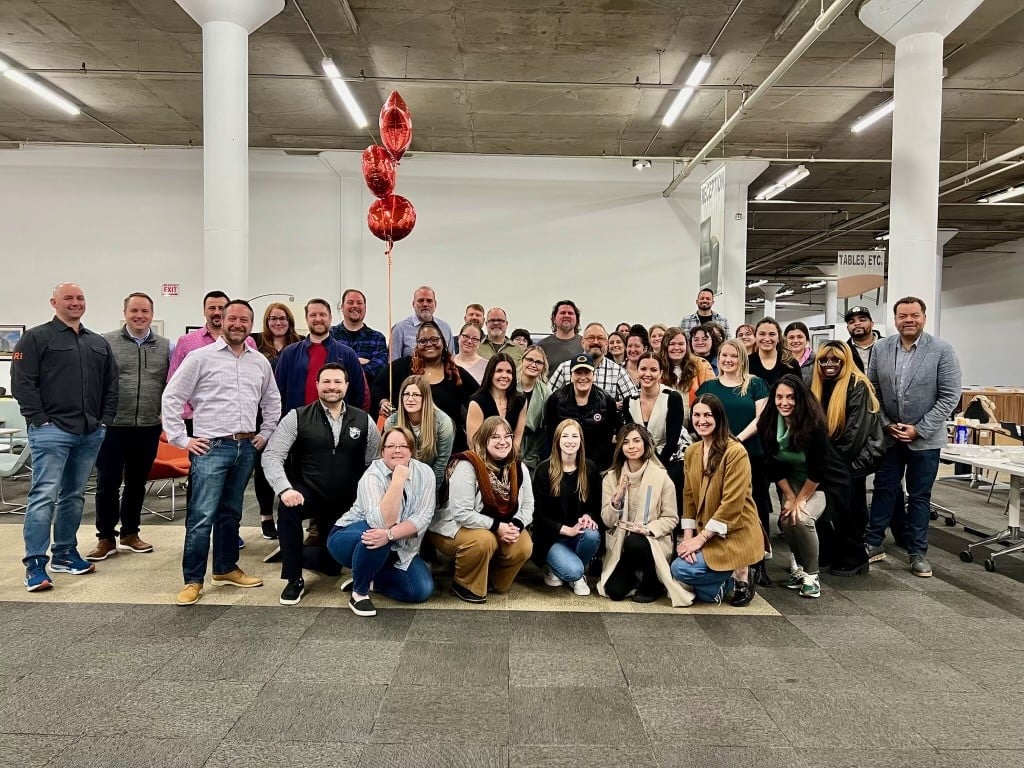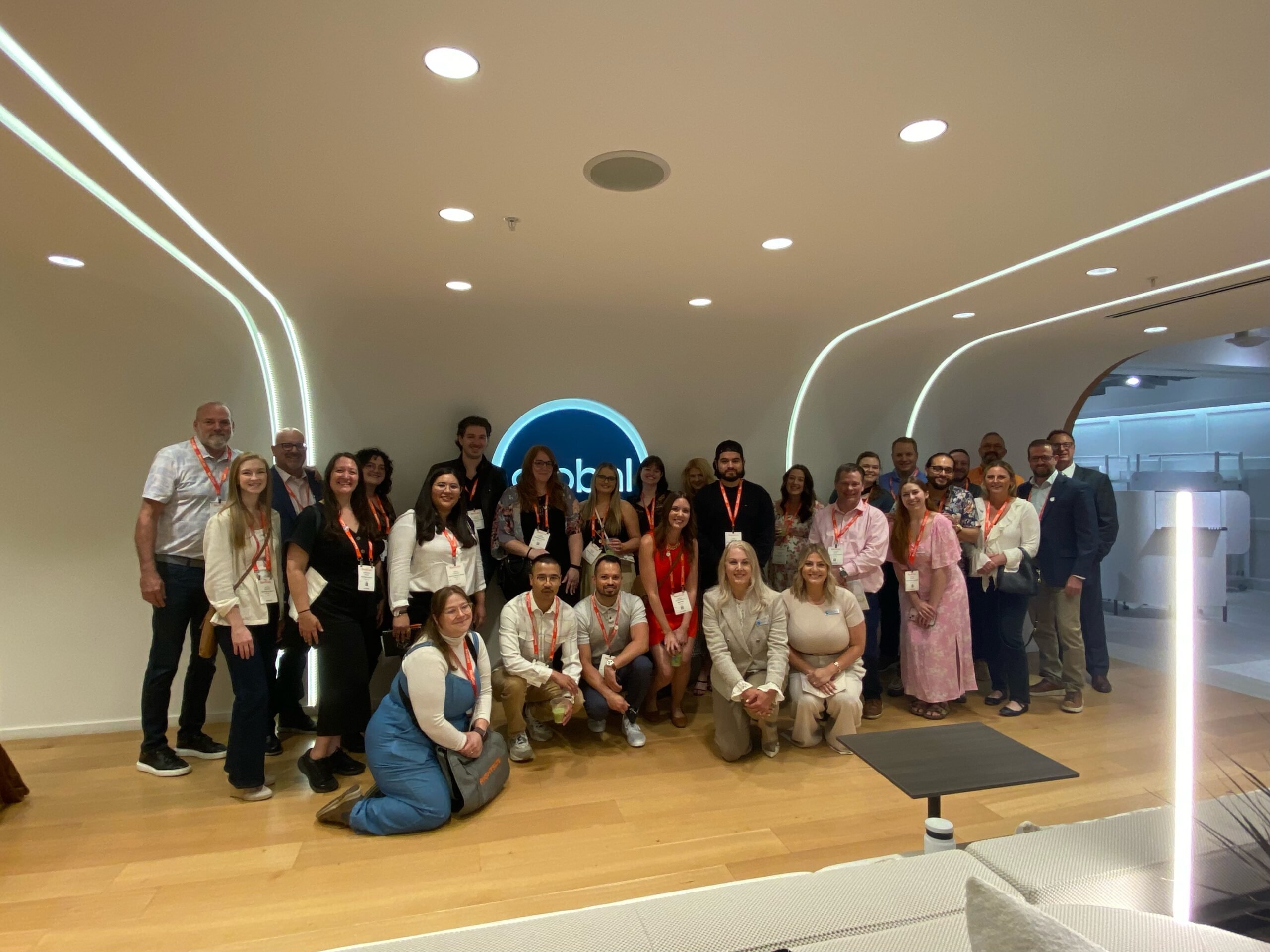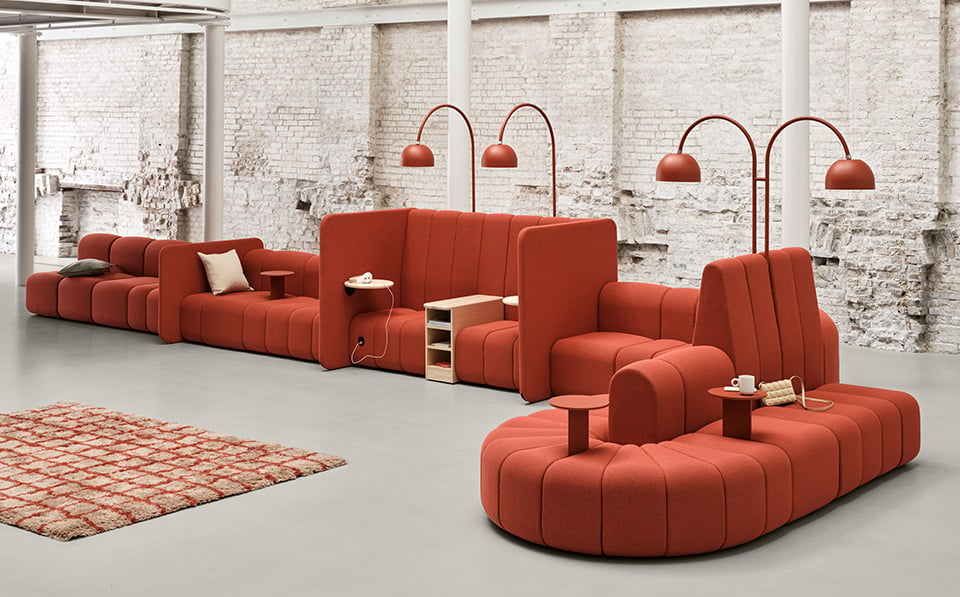It has now been officially seventeen months since the office and workplace world was swiftly locked down in mid-March 2020 due to the pandemic. We quickly learned an entirely new way of working along with a new vocabulary and set of acronyms and technology to go along with it. WFH, Zoom, PPE, Hybrid, Hub & Spoke, etc. As we settled into our new remote routines it seemed like anyone and everyone suddenly was predicting what the office of the future would look like and exactly how things would change. The web was oversaturated with articles discussing, ‘The New Normal’, ‘The Next Normal’, ‘The Post-Pandemic Office’ and hundreds of ‘Workplace 2.0’ webinars, guides, and playbooks were created.
About six weeks into the pandemic, it started to get crazy, and I published a blog post about how everyone can ignore all of those future of the workplace articles, blogs and webinars and suggested:
“The fact is, the office will look different and, yes, health & safety will be at the forefront of the less-densified spaces we’ll all soon be occupying. Some workers will continue working remote and most companies will champion a staggered return to the workspace for their employees until they’re comfortable that there is nothing to be concerned about.
Beyond that though, we are all just guessing.”
Now 12+ months later and the certainty is that yes, we were all just guessing and now that everyone is returning to the office and workplace, it ultimately isn’t going to be that much different than the one we left. Yes, a little safer, a little more secure and a little more flexibility for employees, but not much else has changed.
I remember the first response to the situation that actually seemed like a decent idea and made some sense was the concept that Cushman & Wakefield’s office in the Netherlands created with the idea of ‘The Six Feet Office’. This was even before the CDC started suggesting a six-foot distance social distancing standard and I thought it was an interesting proposition. Since then, there have been a plethora of much crazier ideas and trends that emerged and I thought it would be fun to review eight of the craziest ones we’ve come across.
- Tiny “cloffices’ – A closet that doubles as an office, essentially workspaces in closets.
- Privacy Robots and Balloon Walls – Leave it to Google, the company that helped popularize open office plans and lavish employee perks, to try to reinvent office spaces to cope with workplace challenges due to the pandemic.
- The Nissan Office Pod – Geared specifically toward the digital nomad and the WFA (work-from-anywhere) movement that became even more popularized over the past fifteen months.
- Plexiglass, plexiglass & more plexiglass – Dozens of half-baked office prototypes appeared, plastics manufacturers were advertising ready-to-ship coronavirus office solutions and lead times for plexiglass partitions and sneeze guards reached an all-time high.
- Eau ‘d Office – Miss the smell of the office printer? Candle companies began making office scented candles for those of us who longed for the return to pre-pandemic office life. I mean who wouldn’t want their apartment to smell like an overworked copy machine or reheated fish cooked by a coworker in the office microwave?
- Home Office Pods and Backyard Office Sheds – If you have a decent size backyard and an extra $15,000 laying around, you could have your own fabulous backyard workspace with all the technology and amenities you had at the office.
- BioVYZR Helmets – Forget the N95 mask or the single-use mask, rocking the whole mission-to-Mars-level protection during the pandemic for $250 a pop could add glamour and a sci-fi flair to your social distancing efforts.
- Calorie-counting desks – A Dubai-based furniture company actually began manufacturing desks that connect to your phone to calculate the calories you burn while standing.
In one study performed in the United Kingdom they asked children what they think offices will be like in the future after COVID-19. From breakout beaches to hover robots, the designs showed how children think adults need to have some futuristic fun when they returned to the office. After reading about some of the ridiculous trends listed above, perhaps we should have asked children for their predictions from the start!
